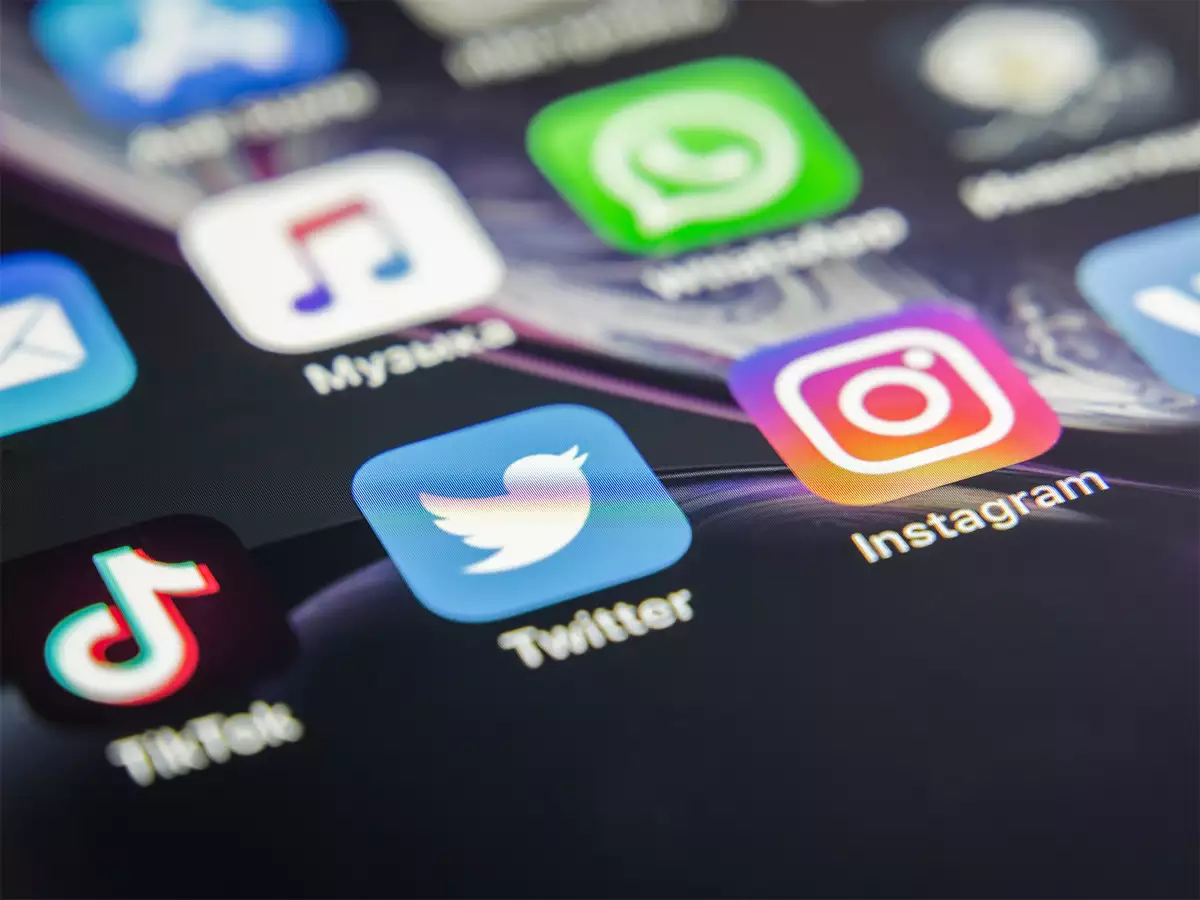These factors have the biggest impact on influencer marketing effectiveness

Washington: About 70% of people between the ages of 18 and 29 use Instagram, and it’s hard to spend much time scrolling without encountering a sponsored post from an influencer. The same holds true for just about any other social media platform.
New research from the University of Washington examines how factors related to influencers, their posts and their followers impact marketing success. Social media influencers are typically digital creators who have built a large following due to their knowledge on specific topics, such as beauty products, food or pets.
Recently published online and forthcoming in the Journal of Marketing, the study is one of the first to include cost data in its examinations of influencer marketing. Researchers found that if firms spent 1% more on influencer marketing, they would see a nearly 0.5% increase in engagement. They also concluded that reallocating spending based on the study’s insights could result in a 16.6% increase in engagement.
Engagement is the way people react to online content, such as such as liking, commenting or reposting. For this study, researchers prioritized the number of reposts because it represents a deep form of engagement where followers are choosing to share content with their own networks.
Robert Palmatier, co-author and professor of marketing in the UW Foster School of Business, said influencer marketing is currently producing higher return on investment, or ROI, than most other kinds of marketing.
“I predict that in the future, a lot of marketing is going to be crowdsourced,” Palmatier said. “As a marketing manager, you’re going to manage a portfolio of influencers, just like Nike manages a portfolio celebrities.”
For this study, researchers tested data obtained from Weibo, a microblogging website that is one of the largest social media platforms in China. The data consisted of 5,835 posts written by 2,412 influencers related to 1,256 campaigns for 861 brands in October 2018. The brand sponsors spanned 29 categories, including beauty products, e-commerce platforms and food and beverages.
Researchers found that influencer originality, follower size and sponsor salience – the prominence of the brand in a post – enhance the effectiveness of a message, while posts that announce new products diminish it. Followers are less likely to repost product launches due to the heightened risk of vouching for something unknown to their networks.
The influencer’s activity rate, level of post positivity and follower brand-fit, or the degree to which the interests of an influencer’s followers match the sponsor, all produce inverted U-shaped effects. It hurts engagement if influencers post too much, for example, but engagement also suffers if they post too little. This suggests that a balanced approach is most effective.
“If you don’t post, I’m going to forget who you even are,” Palmatier said. “But if you’re doing too much, it kind of cheapens you. It’s what we call an inverted-U shaped effect, which means there is an optimal point of activity where something performs the best.”
When it comes to brand-fit, researchers found that firms should search for influencers with followers that overlap but aren’t an exact match.
“If you’re only talking to people who are most likely to buy your product, those people already know about it,” Palmatier said. “Now if you go to people who are a terrible brand match, they’re never going to buy it because it’s just a poor fit. You want people that have some interest, but probably don’t know about this product.”
Palmatier used Tiffany & Co. as an example of a brand that has successfully utilized influencer marketing. There was a time when the company had trouble acquiring younger customers, he said, because it was mostly popular with longtime consumers.
“If you think about Tiffany’s marketing department, it was probably a group of people that knew their historic targets,” Palmatier said. “What they did was spend a very small part of their budget to bring in some influencers, and those influencers got multiple times higher returns than their own product managers.”
Influencers compete in the free market to increase their followers and engagement, Palmatier said, which is a major factor in their success.
“They had to be clever,” he said. “They had to find a niche. In other words, influencers win their following by understanding their audience very well. When I go to an influencer with my product, they’re going to create posts that resonate with their followers. Tiffany never understood how to position its product for that group, but influencers were able to connect.”
Another advantage of influencer marketing is microtargeting, Palmatier said. Customers can self-segment on social media by following specific topics that interest them. For example, a person might follow hashtags related to Paris before a vacation.
“This is crowdsource positioning,” Palmatier said. “You give influencers a product and they go position it. People also see influencers as being more authentic because mentally, you feel like you’re actually ‘friends’ with the people you follow on social media – even though you’ve never met them – so they appear more authentic when they’re positioning the product.”
Other co-authors were Fine F. Leung and Flora F. Gu of The Hong Kong Polytechnic University; Yiwei Li of Lingnan University; and Jonathan Z. Zhang of Colorado State University.
The research was supported by Lingnan University’s Direct Grant and Faculty Research Grant.
